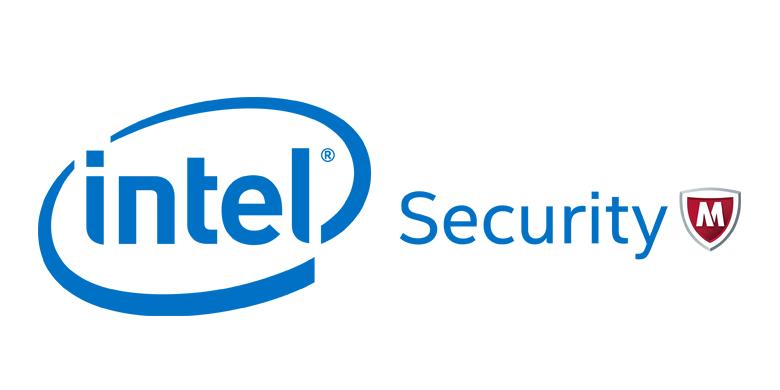After six years and eight months under the control of Intel, today McAfee has been officially set free and will be run as an independent operation based in Santa Clara, Calif., with offices Canada.
TPG Capital of Fort Worth, Tex., owns controlling interest at 51 per cent, while Intel has the rest of the $4 billion vendor, including debt. TPG is an alternative asset firm with more than $70 billion of assets under management and offices around the world.
Under the initial agreement, Intel will work collaboratively with TPG and gain access to financial, operational, and technology resources specially when it comes to the Internet of Things. Ex-Cisco executive Chris Young continues to be the CEO of the new McAfee. Young’s track record is solid as under his leadership revenue grew 11 per cent last year. Some Intel executives will remain on the new McAfee board.
Looking for a new strategy? Well, you’ll have to wait until its annual security conference called Focus this October in Las Vegas. The new McAfee will be working off the same strategy outlined at the 2015 Focus conference; building end-to-end solutions and pivoting to the cloud, essentially.
Richard Steranka, SVP, Global Channel Operations at McAfee, said the new McAfee is the result of seven months of hard work with TPG. “We are a new standalone pure-play cyber-security company with a well-known brand. This is a new day for us and we want to move aggressively with our partner community to help them align with the new McAfee. We need to deliver more to them and do it faster,” Steranka said.
For the channel, it’s also business as usual in terms of strategy and product road map; again the one outlined to them back in 2015 is still in place. The only difference is that McAfee’s channel team will be working with channel partners to help them align to the McAfee corporate branding that will have new digital assets.
McAfee will go back to its original brand as a corporate entity, but will have a new slogan: “Together is Power.” The company has a new logo as well. The new McAfee shield is comprised of two interlocking elements that create a unified whole. The new logo represents power that results when forces unite (customers, channel partners, and other industry stakeholders).
“The market is looking for a better architecture and those who are invested in our four solution categories and can add service delivery requirements will continue to be recognizes as one of our stronger, skilled channel partners. Our strategy remains intact,” Steranka said.
He added, the goal of the new McAfee is the launch of the McAfee brand that includes all the best elements from Intel. The difference from Intel to now is the market has changed and there is a direct correlation to what customers are looking for. Steranka said the market is looking for fewer vendors who can respond to threats quicker.
One thing Steranka made clear to CDN is the new McAfee will be looking to acquire security-focused technology as it’s in growth mode. Steranka firmly believes the security industry has too many players and will continue to consolidate.
The new McAfee will retain control of their own partner relationship management systems so solution providers can continue to place orders through the two-tier distribution model. With Intel, this process Steranka said was cumbersome especially when a solution provider was doing a custom configuration that including special pricing and ordering.
The partner network and the channel programs are unchanged. However, Steranka did say he wants to do deep dives with security-focus solution providers to help them develop bench strength. He believes the timing is right because of market place is working towards their digital transformation goals and would require dedicated security services from the channel.
“They are moving to the cloud and we have a cloud-first strategy and we plan to leverage the cloud to provide better security,” he said.
McAfee timeline
1987
John McAfee establishes McAfee Associates.
1994
John McAfee resigns from the company and sells his stake.
Aug. 1996
McAfee acquires Calgary’s FSA Corp., which helps them expand security offerings beyond just anti-virus.
1997
McAfee enters a four-way merger agreement with Network General, PGP Corp and Helix Software. Thus, the company changes its name to Network Associates.
1998
As Network Associates, McAfee acquires Trusted Information Systems for its firewall technology.
June 2004
McAfee goes back to its original name after it sells its Sniffer Technologies business to a venture capital firm interestingly called Network General.
April 2010
Millions of computers around the world with Windows XP Service Pack 3 got infected by a virus after it was updated by McAfee.
Aug. 2010
Intel acquires McAfee for a whopping $7.7 billion.
February 2011
Intel makes McAfee a wholly-owned subsidiary of the chip making giant.
November 2012
Police in Belize name John McAfee a “person of interest” in connection to the murder of an American expatriate. McAfee later flees Belize to Guatemala seeking political asylum. He is later deported back to the U.S.
September 2015
John McAfee decides to run for President of the United States. Creates his own party called the Cyber Party. He later decides to run for the Presidency with the Libertarian Party.
September 2016
Intel and TPG agree to form a joint venture and turn Intel Security into an independently run vendor.
April 2017
McAfee is officially an independent security vendor.




